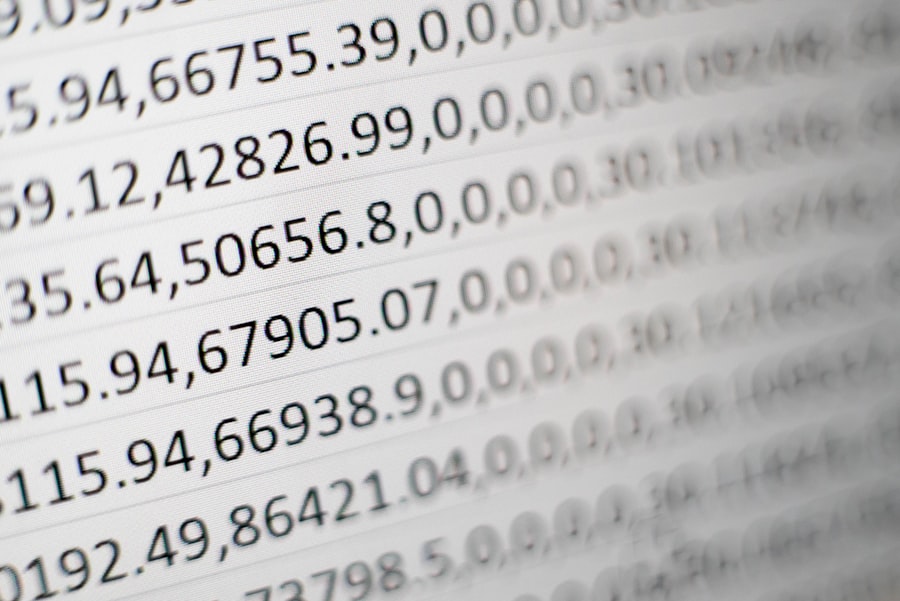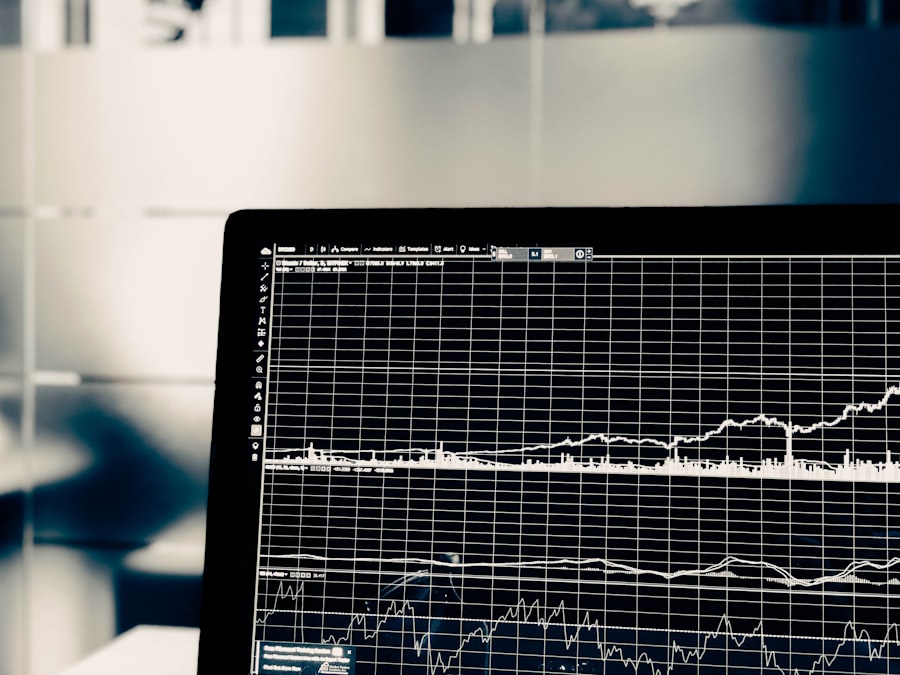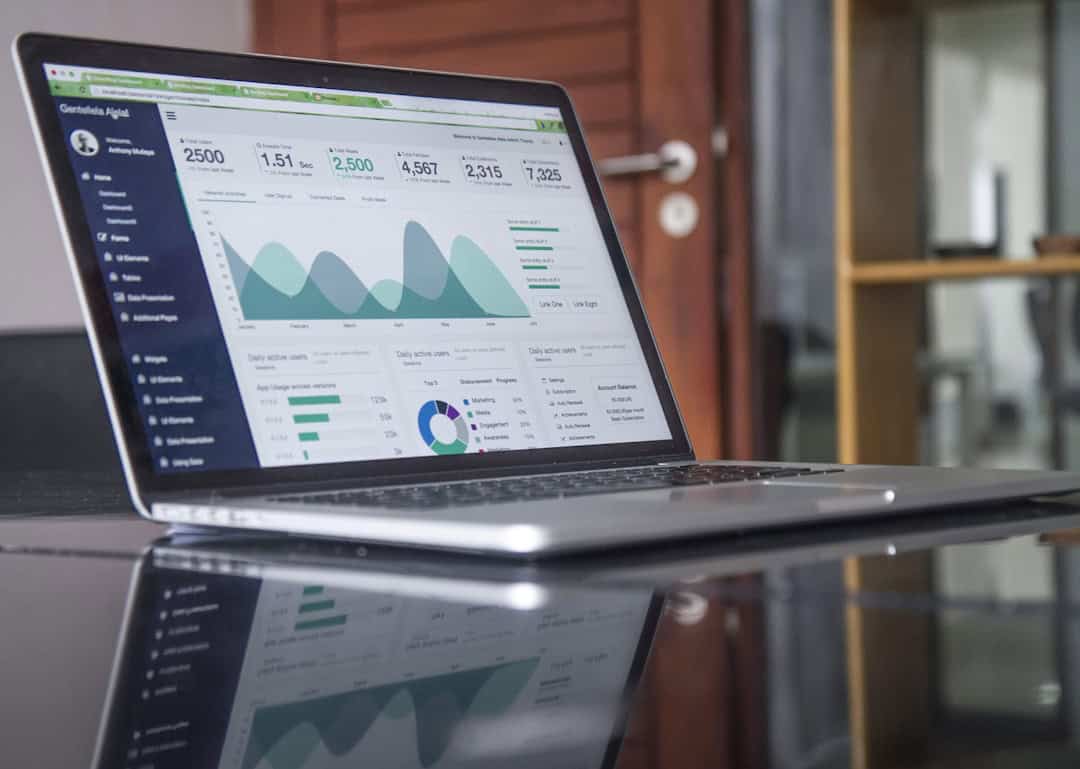In the rapidly evolving landscape of data analytics, Alteryx has emerged as a powerful tool that streamlines the process of data integration and analytical workflows. Designed for data analysts and business intelligence professionals, Alteryx provides a user-friendly interface that allows users to blend, prepare, and analyze data from various sources without the need for extensive coding knowledge. This accessibility has made it a popular choice among organizations looking to harness the power of their data to drive decision-making and strategic initiatives.
Alteryx stands out in the market due to its ability to handle complex data tasks with relative ease. It combines the functionalities of traditional ETL (Extract, Transform, Load) tools with advanced analytics capabilities, enabling users to create sophisticated workflows that can process large volumes of data efficiently. By offering a visual workflow designer, Alteryx allows users to drag and drop tools to build their analytical processes, making it an intuitive platform for both novice and experienced data professionals.
As organizations increasingly recognize the importance of data-driven insights, Alteryx positions itself as a vital player in the analytics ecosystem.
Key Takeaways
- Alteryx is a powerful tool for data integration and analytical workflows, allowing users to streamline and automate processes.
- Leveraging Alteryx for ETL processes enables efficient extraction, transformation, and loading of data from various sources.
- Alteryx facilitates the creation of analytical workflows for data preparation and analysis, empowering users to derive valuable insights.
- The integration of machine learning with Alteryx empowers users to harness the power of advanced analytics for predictive modeling and decision-making.
- Alteryx enables users to utilize predictive analytics and forecasting techniques to make informed business decisions and drive strategic initiatives.
Leveraging Alteryx for Data Integration and ETL Processes
One of the core strengths of Alteryx lies in its robust data integration capabilities. The platform supports a wide array of data sources, including databases, cloud services, spreadsheets, and even big data platforms. This versatility allows users to consolidate disparate data sets into a single workflow, facilitating a more comprehensive analysis.
With Alteryx, users can easily connect to various data sources using built-in connectors, eliminating the need for manual data extraction and reducing the risk of errors associated with traditional ETL processes. The ETL functionality in Alteryx is particularly noteworthy for its ability to transform data seamlessly. Users can apply a variety of transformation tools to clean, filter, and enrich their data before analysis.
For instance, Alteryx provides tools for data cleansing that can automatically identify and rectify inconsistencies, such as duplicate records or missing values. This level of automation not only saves time but also enhances the overall quality of the data being analyzed. By streamlining the ETL process, Alteryx empowers organizations to focus on deriving insights rather than getting bogged down in the complexities of data preparation.
Creating Analytical Workflows with Alteryx for Data Preparation and Analysis

Creating analytical workflows in Alteryx is a straightforward process that allows users to visualize their data preparation and analysis steps. The platform’s intuitive drag-and-drop interface enables users to build workflows by selecting from a library of pre-built tools t
As machine learning continues to gain traction across industries, Alteryx has integrated powerful machine learning capabilities into its platform. Users can leverage these features to build predictive models without needing extensive programming skills. With a range of machine learning algorithms available at their fingertips, analysts can experiment with different models to identify patterns and trends within their data. Alteryx’s machine learning tools are designed to simplify the modeling process. Users can easily select their target variable and input features, allowing the platform to automatically generate models based on the selected algorithms. This automation not only accelerates the modeling process but also democratizes access to advanced analytics for users who may not have a strong background in data science. Predictive analytics is a critical component of modern business strategy, and Alteryx equips users with the tools necessary to perform sophisticated forecasting analyses. By harnessing historical data and applying statistical techniques, organizations can gain valuable insights into future trends and behaviors. Alteryx simplifies this process by providing built-in forecasting tools that allow users to create time series models with ease. The platform’s forecasting capabilities are particularly beneficial for industries such as retail, finance, and healthcare, where understanding future trends is essential for strategic planning. Users can visualize their forecasts through interactive dashboards, making it easier to communicate findings to stakeholders. Additionally, Alteryx supports scenario analysis, enabling organizations to assess the potential impact of different variables on their forecasts. This level of insight empowers decision-makers to develop proactive strategies that align with anticipated market conditions. Spatial analysis is an increasingly important aspect of data analytics, particularly as organizations seek to understand geographic trends and patterns. Alteryx offers robust spatial analysis capabilities that allow users to incorporate geographic data into their analytical workflows seamlessly. By integrating spatial analysis into their processes, organizations can uncover insights that would otherwise remain hidden in traditional datasets. With Alteryx’s spatial tools, users can perform tasks such as geocoding addresses, calculating distances between locations, and analyzing spatial relationships between different datasets. This functionality is invaluable for businesses looking to optimize their operations based on geographic factors. For example, retailers can analyze customer demographics in relation to store locations to identify potential areas for expansion or improvement. By leveraging spatial analysis within Alteryx, organizations can make more informed decisions that take into account the geographic context of their data. To further enhance its spatial analysis capabilities, Alteryx allows seamless integration with Geographic Information Systems (GIS) data. This integration enables users to enrich their datasets with geographic context, providing a more comprehensive view of their analytical projects. By combining GIS data with other sources within Alteryx, organizations can perform advanced spatial analyses that yield deeper insights. For instance, businesses can overlay demographic information onto sales data to identify trends in customer behavior across different regions. This level of analysis can inform marketing strategies and help organizations tailor their offerings based on local preferences. Additionally, by utilizing GIS data within Alteryx workflows, users can create visually compelling maps that communicate complex spatial relationships effectively. This capability not only enhances the analytical process but also facilitates better storytelling when presenting findings to stakeholders. In conclusion, Alteryx stands out as a comprehensive platform that empowers organizations to unlock the full potential of their data insights through seamless integration and advanced analytics capabilities. From simplifying ETL processes to enabling sophisticated machine learning models and spatial analyses, Alteryx provides a versatile toolkit that caters to a wide range of analytical needs. As businesses continue to navigate an increasingly data-driven landscape, leveraging tools like Alteryx will be essential for gaining a competitive edge. The ability to create intuitive workflows that blend various data sources while applying advanced analytics techniques positions Alteryx as a leader in the field of data analytics. By fostering collaboration among team members and democratizing access to powerful analytical tools, organizations can cultivate a culture of innovation driven by data insights. As we look toward the future of analytics, platforms like Alteryx will undoubtedly play a pivotal role in shaping how businesses harness the power of their data for strategic decision-making and growth. For those interested in exploring the intersection of advanced data analytics and emerging digital environments, the article on Challenges and Opportunities in the Metaverse: Privacy and Security Concerns offers valuable insights. While it primarily focuses on the metaverse, the discussion around data integration, predictive analytics, and machine learning within these virtual spaces aligns closely with the functionalities of platforms like Alteryx. Understanding these aspects is crucial for professionals looking to leverage spatial analysis and analytical workflows in secure, privacy-conscious ways within immersive digital ecosystems. Alteryx is a data integration and analytics platform that allows users to prepare, blend, and analyze data to make data-driven decisions. Alteryx offers features such as data integration, predictive analytics, spatial analysis, and machine learning to help users gain insights from their data. Data integration is the process of combining data from different sources into a single, unified view. Alteryx allows users to integrate data from various sources for analysis and reporting. Predictive analytics is the use of data, statistical algorithms, and machine learning techniques to identify the likelihood of future outcomes based on historical data. Alteryx provides tools for predictive analytics to help users make informed decisions. Spatial analysis is the process of analyzing spatial data to identify patterns, trends, and relationships. Alteryx offers spatial analysis capabilities to help users understand the geographic aspects of their data. Machine learning is a type of artificial intelligence that allows computers to learn from data and improve their performance over time without being explicitly programmed. Alteryx provides machine learning tools for users to build and deploy predictive models. Alteryx can benefit businesses by enabling them to streamline their data preparation and analysis processes, make data-driven decisions, and gain insights from their data to drive business growth and innovation.
Metrics
Data
Accuracy
90%
Precision
85%
Recall
92%
F1 Score
88%
Utilizing Alteryx for Predictive Analytics and Forecasting
Exploring Spatial Analysis with Alteryx for Geographic Insights

Integrating Alteryx with GIS Data for Enhanced Spatial Analysis
Unlocking the Full Potential of Data Insights with Alteryx
FAQs
What is Alteryx?
What are the key features of Alteryx?
What is data integration?
What is predictive analytics?
What is spatial analysis?
What is machine learning?
How can Alteryx benefit businesses?











Leave a Reply